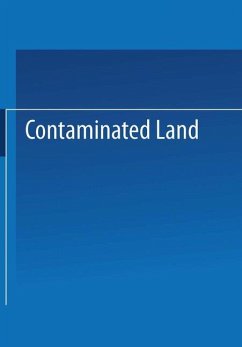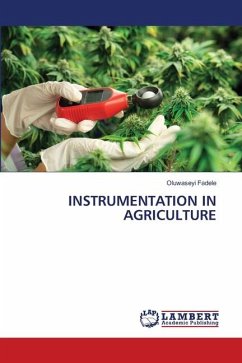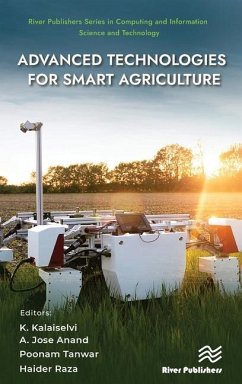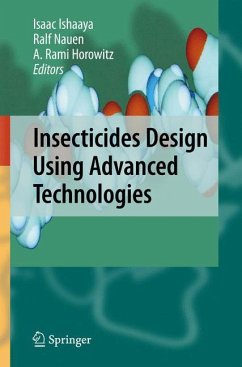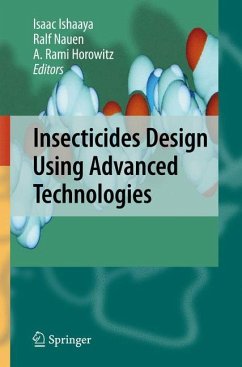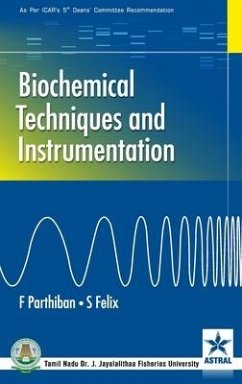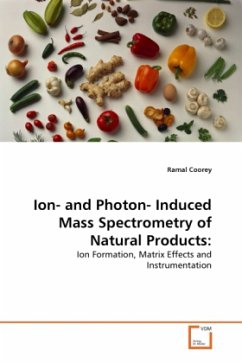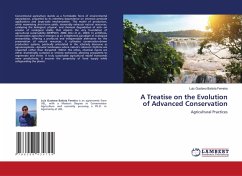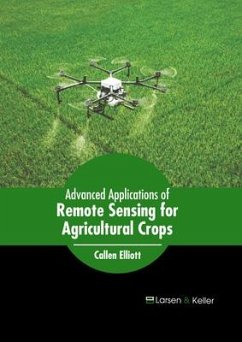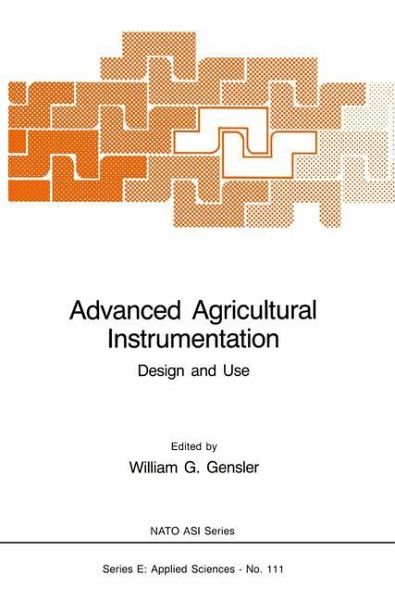
Advanced Agricultural Instrumentation
Design and Use
Herausgegeben: Gensler, W. G.

PAYBACK Punkte
20 °P sammeln!
`... very useful manual for people working in biological agricultural laboratories as well as for students and research workers in these and related branches.' -- Biologia Plantarum, Vol. 30, No. 3, 1988.
The photosynthetic process of higher plants converts carbon dioxide, water, and, light quanta into reduced sugars. The enzymes which catalyze this conversion are contained within the chloroplasts and can be thought of as split into two distinct groups. In one group are the enzymes of the IIlightll reactions, which harvest the light, oxidize water and generate two energy-rich intermediates, ATP and NADPH. These two intermediates plus carbon dioxide are the substrates for the second group, the IIdarkll reactions or Cal vi n cycle, which produce the reduced sugars. The chloroplast is completely bounded by an outer membrane. There is a separate, highly convoluted membrane system, the thyla koid system, enclosed within the chloroplast. The enzymes of the light reactions are physically associated with the thylakoid mem branes, while the Calvin cycle enzymes are free-floating within the stroma, or soluble part of the chloroplast (Fig. 1). GRANA MEMBRANES ARE REG I ONS WHERE THE MEMBRANES ARE APPRESSED ON EACH OTHER MEMBRANES WH ICH ARE UNAPPRESSED THT1.AKO ID t1EHBRANE ARE STROMA MEMBRANES ( ) (VES I OJLAR) (c _______ Figure 1. Schematic representation of the photosynthetic process in plant chloroplasts. PC and PCred are the oxidized and reduced ox forms of plastocyanin. PQ and PQH2 are plastoquinone and plasto quinol. For explanation, see text.





